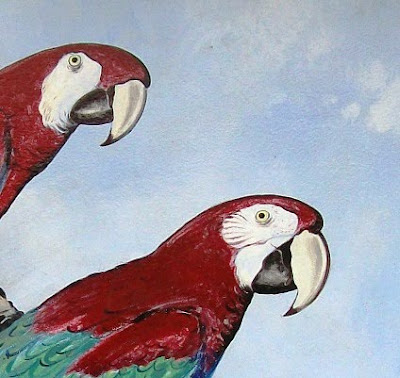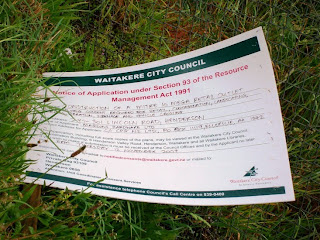There's
an article on the NZ Herald site tonight, a pall of smoke rising in a leaden sky thick with early summer rain, and a piece of 20th century Avondale has gone up in smoke.
The warehouse-type shops on Great North Road, around no. 2059, may be classed as an eyesore these days to some folk, but they are part of our local heritage. Well, they were ... there won't be much left of them now.
The site hasn't been a lucky one, in some ways. In the 1880s, the Northern Omnibus Company set up a stable there. It burned down in the 1890s. Charlie Pooley owned the rebuilt stable, and that burned after it was convertede to a motor garage and depot for the GOS bus company on 14 November 1924. The heat from that fire was so intense, it knocked out the only power and telephone lines linking West Auckland, the Kaipara and Northland with the rest of New Zealand.
Image: NZ Graphic 21 April 1900
Image: the stable as a motor garage, early 1920s.
And now, it's happened again, to Pooley's resurrected building from the 1930s, constructed by local contractor the late Ernie Croft.
Image: 2004
The building served as a bus depot, a taxi depot, and shops from the 1930s to today, but they have seen better times than the present. Still -- a pity they will now be doomed.


















































